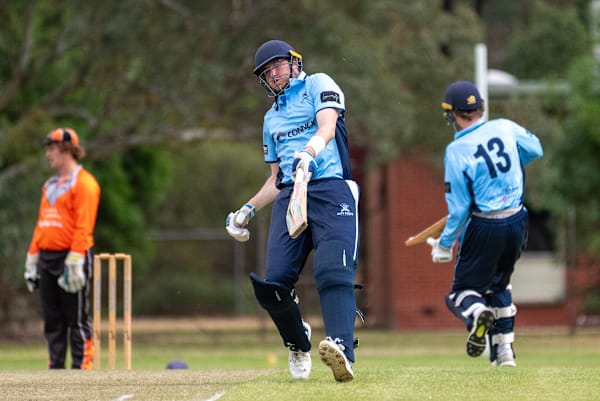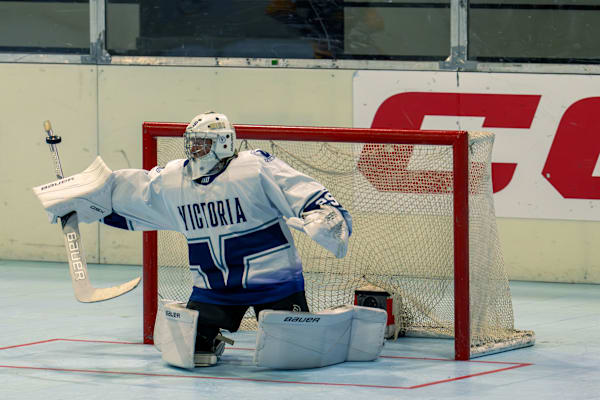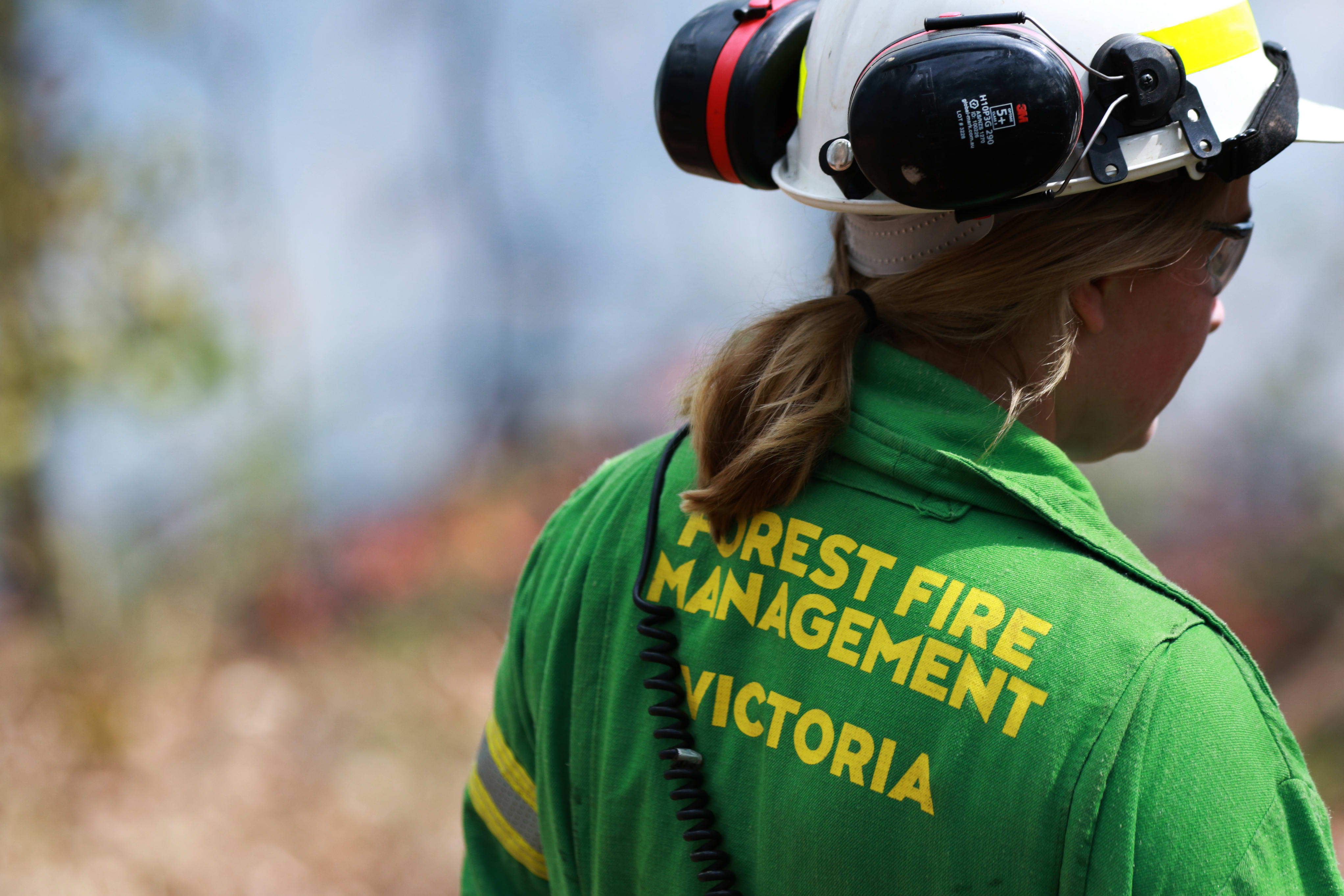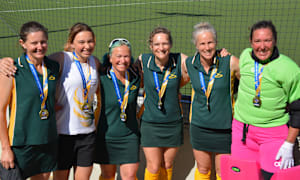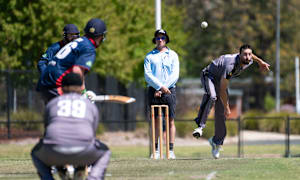Wangaratta Chronicle this month hosted two journalists from the Solomon Islands as part of a international development program supported by the Pacific Media Assistance Scheme (PACMAS) in partnership with Country Press Australia (CPA).
The daily prints journalists - Loretta Manele from Island Sun and Agnes Mananopo from Solomon Star - spent two weeks immersed in the Wangaratta community, working in our newsroom on local stories to develop their skills and broaden their professional experience.
Our regular readers would have read a number of their stories over recent weeks and it was a positive learning experience for all involved.
Now back home, Agnes has penned the following piece on her time here.
I began my placement at the Wangaratta Chronicle on Monday, 13 October and finished on Thursday, 23 October.
Latest Stories
After arriving, I toured the office, introduced myself to the staff - including my newsroom colleagues for the next two weeks - and jumped straight into work.
I was assigned to conduct interviews, cover events, and return to the office to write stories for the paper.
The Chronicle newsroom operates quite differently from the Solomon Star newsroom in Honiara.
The Chronicle publishes a paper three times a week (Mondays, Wednesdays, and Fridays) whereas the Solomon Star publishes six days a week, from Monday to Saturday.
Although I didn’t do much inside the Chronicle newsroom, I noticed that there were stories to work on every day, making the workload quite similar to what I’m used to back home.
Reporters in both newsrooms work from 8:30am to 5pm daily.
The Chronicle has a spacious newsroom where each reporter and staff member has their own work area, and it’s quiet, comfortable, and allows for focused work.
In contrast, our newsroom in Honiara has limited space, and we sit close to one another, which can feel cramped and less comfortable.
One notable difference is how editors handle feedback.
At the Chronicle, the editor or sub-editor personally approaches you if they spot a mistake or gap in your article.
They print out your story, discuss the issue with you, and even guide you on what information to add or who to contact.
Back home at the Solomon Star, editors don’t usually provide direct feedback.
You submit your story and see it published the next day - only then do you notice any changes, additions, or errors.
At the Chronicle, editors also advise on how to take proper photos which was new and helpful for me.
These differences have been valuable learning experiences, and I’m grateful for the opportunity to observe and absorb them.
The highlight of my two weeks was meeting and interviewing Independent Indi federal MP Helen Haines at her office in Wangaratta.
She has served as the Independent MP for the Victorian seat of Indi since the 2019 federal election.
She was charismatic, approachable, and a pleasure to interview.
I’m very impressed with Wangaratta.
It’s a small town compared to Honiara and far less crowded.
People greet you with smiles and friendly phrases like “Hello,” “Good morning,” and “Good evening”.
The town is noticeably cleaner than Honiara, where rubbish is often visible.
In Australia, waste is sorted into different bins - recyclable, biodegradable, and non-biodegradable - which helps maintain cleanliness.
Prices in shops are also more affordable than back home, especially for food, groceries, and clothing.
If I ever had the chance to live in Australia, I’d choose a small town like Wangaratta.
It’s a lovely country town with a warm and welcoming atmosphere.



